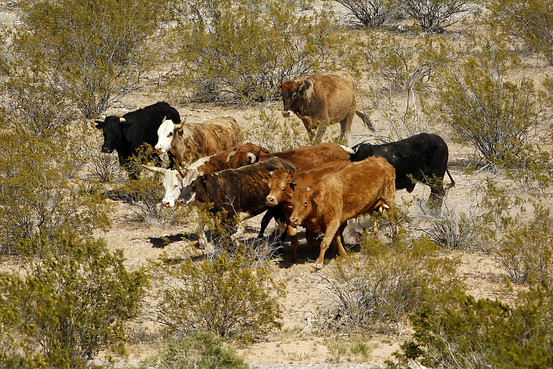
Herders moving within Gambia and across the country’s borders into Senegal in search of pasture inadvertently threaten forests and the soil landscape in the country. If left unchecked, this activity could have lasting implications for ecosystems.
A recent study published by a team of scientists led by Lalisa Daguma and Peter Minang from the Center for International Forestry Research and World Agroforestry (CIFOR-ICRAF) shows that the persistent practice also introduces invasive species into the affected areas, threatening the survival of the existing trees.
As pastoralists adapt to scarce grazing areas, extra measures must be put in place to protect the trees, adding to the cost of tree-based ecosystem restoration, as every seedling planted needs protection using either tree guards or fences.
“The combined effects of domestic and cross-border transhumance often affect the regeneration process both in farms and in forests,’ said Duguma, lead author of the study and a scientist working on sustainable landscapes and integrated climate actions. “This means that The Gambia will not be able to meet its restoration targets in the foreseeable future.”
Transhumance, which is the term for a seasonal migration of livestock and humans, is also blamed for environmental degradation in host communities where herders camp for the night and graze their herds during the day.
Both forests and grasslands in Gambia are increasingly under pressure from transhumance-related activities, such as cutting tree branches, uncontrolled use of water, farmland encroachment and damage to planted seedlings.







